UPDATE:
When you have nav graph like this:
<fragment
android:id="@+id/firstFragment"
android:name="com.appname.package.FirstFragment" >
<action
android:id="@+id/action_firstFragment_to_secondFragment"
app:destination="@id/secondFragment" />
</fragment>
<fragment
android:id="@+id/secondFragment"
android:name="com.appname.package.SecondFragment"/>
And you want to navigate to the second fragment and make it root of your graph, specify the next NavOptions:
NavOptions navOptions = new NavOptions.Builder()
.setPopUpTo(R.id.firstFragment, true)
.build();
And use them for the navigation:
Navigation.findNavController(view).navigate(R.id.action_firstFragment_to_secondFragment, bundle, navOptions);
setPopUpTo(int destinationId, boolean inclusive) - Pop up to a given destination before navigating. This pops all non-matching destinations from the back stack until this destination is found.
destinationId - The destination to pop up to, clearing all intervening destinations.
inclusive - true to also pop the given destination from the back stack.
ALTERNATIVE:
<fragment
android:id="@+id/firstFragment"
android:name="com.appname.package.FirstFragment" >
<action
android:id="@+id/action_firstFragment_to_secondFragment"
app:destination="@id/secondFragment"
app:popUpTo="@+id/firstFragment"
app:popUpToInclusive="true" />
</fragment>
<fragment
android:id="@+id/secondFragment"
android:name="com.appname.package.SecondFragment"/>
And then on your code:
findNavController(fragment).navigate(
FirstFragmentDirections.actionFirstFragmentToSecondFragment())
Old answer
Deprecated: The clearTask attribute for actions and the associated API in NavOptions has been deprecated.
Source: https://developer.android.com/jetpack/docs/release-notes
If you want to change your root fragment to fragment 2 (e.g. after pressing back button on fragment 2 you will exit the app), you should put the next attribute to your action or destination:
app:clearTask="true"
Practically it looks in a next way:
<fragment
android:id="@+id/firstFragment"
android:name="com.appname.package.FirstFragment"
android:label="fragment_first" >
<action
android:id="@+id/action_firstFragment_to_secondFragment"
app:destination="@id/secondFragment"
app:clearTask="true" />
</fragment>
<fragment
android:id="@+id/secondFragment"
android:name="com.appname.package.SecondFragment"
android:label="fragment_second"/>
I've added app:clearTask="true" to action.
Now when you perform navigation from fragment 1 to fragment 2 use the next code:
Navigation.findNavController(view)
.navigate(R.id.action_firstFragment_to_secondFragment);

